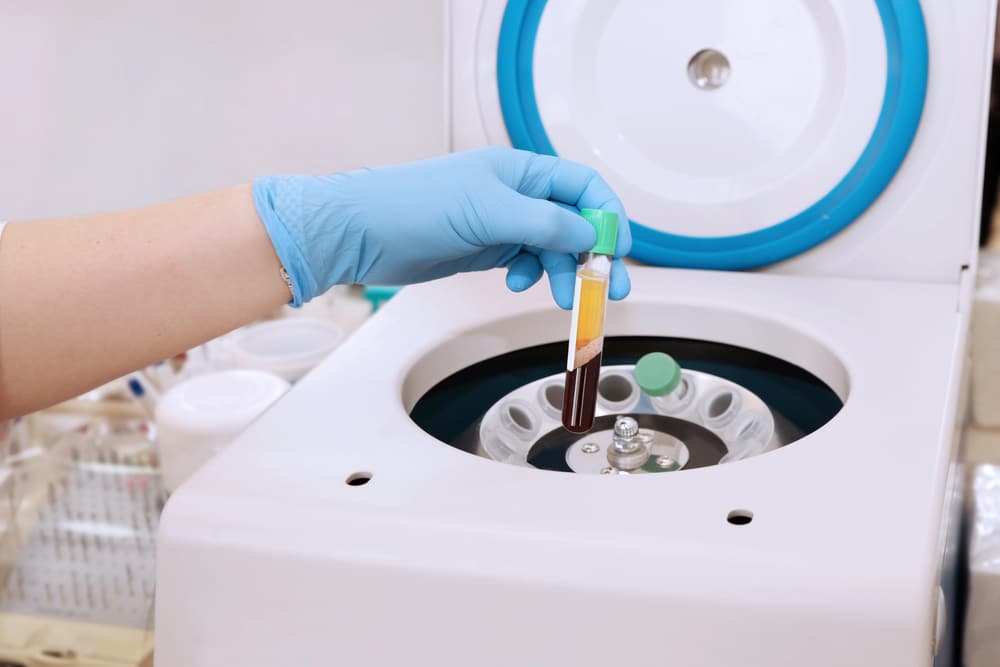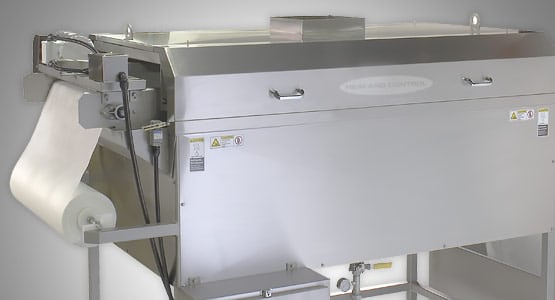Industrial dust collectors are designed to clean up air from industrial machinery and outdoor equipment. They remove the harmful particles from factory workers’ breathing areas, which protects their health and safety, improves efficiency, and reduces costs for companies.
Types of Industrial Dust Collectors
Industrial dust collectors are either wet dust collectors or dry-running cyclones, depending on how it is designed to be used. A modern industrial dust collection system has a high-efficiency primary filtration medium, regardless of type. A wet dust collector will have a water supply attached to the unit so that when activated, high-pressure water sprays out of all its openings in order to keep the air cool and clean by minimizing any risk of fire within the system through quick evaporation of whatever combustible materials may come in with the inflowing airstream. A dry-running cyclone works just like an ordinary vacuum cleaner moving the air into itself using centrifugal force. Once inside, it collects what can potentially cause harm with special kinds of filter bags, keeping hazardous pollutants away from your breathing zone.
Types of Main Filter Unit
The most important component in the whole process would be the main filter unit itself. There are different kinds of filters used, depending on the possible contaminants that may cause harm to workers. Minimum personal exposure limits (PELs) for respirable materials including finely divided dust from solids were established by the Occupational Safety and Health Administration (OSHA). The OSHA PEL guideline is the basis of the design and configuration of filter units in industrial dust collectors. The three most common categories are baghouse filters, micro-filtration, and HEPA filters.
Baghouse filters
Baghouse filters are designed for any kind of dust or other solid materials that can be captured using a mesh fabric made from synthetic fibers. Baghouses use a series of fabric bags to capture the dust particles. The bags are placed in a frame and the frame is placed inside the collector. When the collector is turned on, air enters the bottom of the baghouse and flows up through the bags. The dust particles are captured by the fabric bags and fall into a collection bin below the baghouse. The specific type of bag depends on what kind of material needs to be captured, while how many bags you need will depend on the size of your industrial dust collector.
Micro-filtration
Micro-filtration takes up smaller particles suspended in the air through an exhaust fan or blower with housing installed between two porous plates with different levels of density to one another. Micro-filtration can be used with any type of industrial dust collector. When choosing this type of filtration, it is important to note that they are very aggressive in terms of pressure drop and subsequent energy consumption. However, they are effective at removing all solid particles down to 0.5 microns, including sub-micronic particles which traditional bag filters cannot capture (<1 micron). Depending on local regulations, micro-filtration may be appropriate for disposing of collected solid wastes by incineration or for recycling.
Read more: Understanding How Industrial Dust Collectors Work









